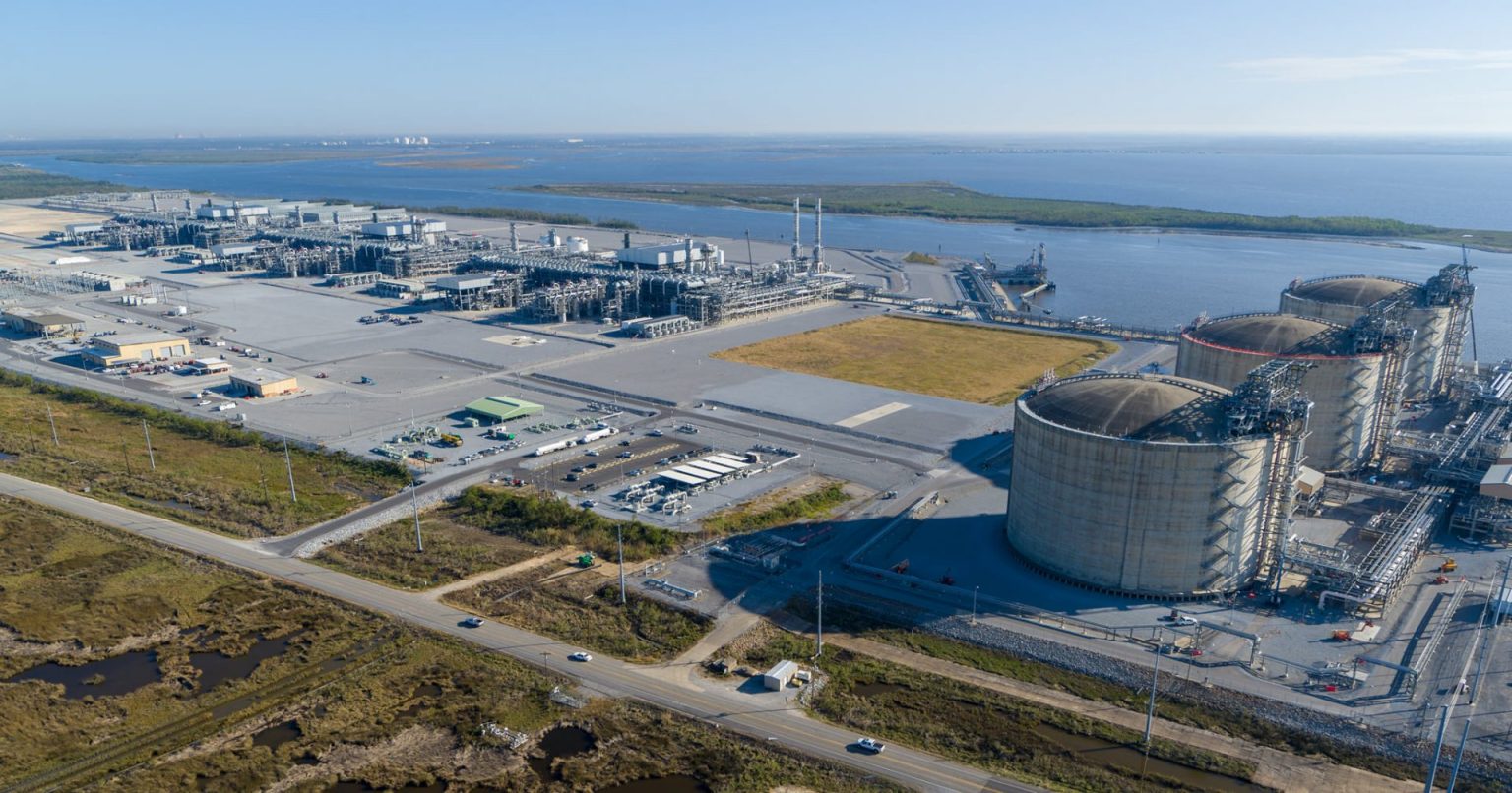US LNG player Sempra Infrastructure, a unit of Sempra, has entered into a memorandum of understanding with the Japan Bank for International Cooperation (JBIC) to cooperate on LNG, hydrogen, and other decarbonization efforts in both the US and Japan.
Sempra Infrastructure operates the Cameron LNG terminal and its partners in the project include Mitsui & Co, and Japan LNG Investment, a company held by Mitsubishi Corp and NYK.
Last year, the firm also joined forces with a Japanese consortium to look into the possibility of producing synthetic methane (e-methane) and liquefying it at its Cameron LNG plant as part of the ReaCH4 project, and is developing the Hackberry carbon sequestration project, which contemplates the participation of two Japanese companies.
The US Department of Energy and Japan’s Ministry of Economy, Trade and Industry are currently implementing a memorandum of cooperation (MOC) in the field of carbon capture, storage, conversion and recycling, and carbon dioxide removal.
The mew MoU with JBIC is intended to “help Sempra Infrastructure and its customers in Japan meet many of the objectives of the MOC and helps support further efforts between the two countries to advance decarbonization efforts,” it said.
“As Japan’s policy-based financial institution, JBIC has articulated a mission to continue to financially support the creation of business opportunities for Japanese companies and the securing of a stable supply of energy,” it said.
Expanding relationship with JBIC
Sempra Infrastructure said the MoU is a preliminary, non-binding arrangement.
Moreover, the development of any project in connection with the memorandum is contingent upon completing the required commercial agreements, securing and/or maintaining all necessary permits, obtaining financing, and reaching a final investment decision, among other factors and considerations.
“Sempra Infrastructure is thrilled to expand its collaboration with JBIC as we look forward to advancing projects that lower the carbon intensity of our energy delivery assets in North America,” said Justin Bird, CEO of Sempra Infrastructure.
“We have built our relationships with customers and the export credit agencies in Japan over the past decade and are excited to expand our relationship with JBIC as we continue developing projects in support of our net-zero business,” he said.

